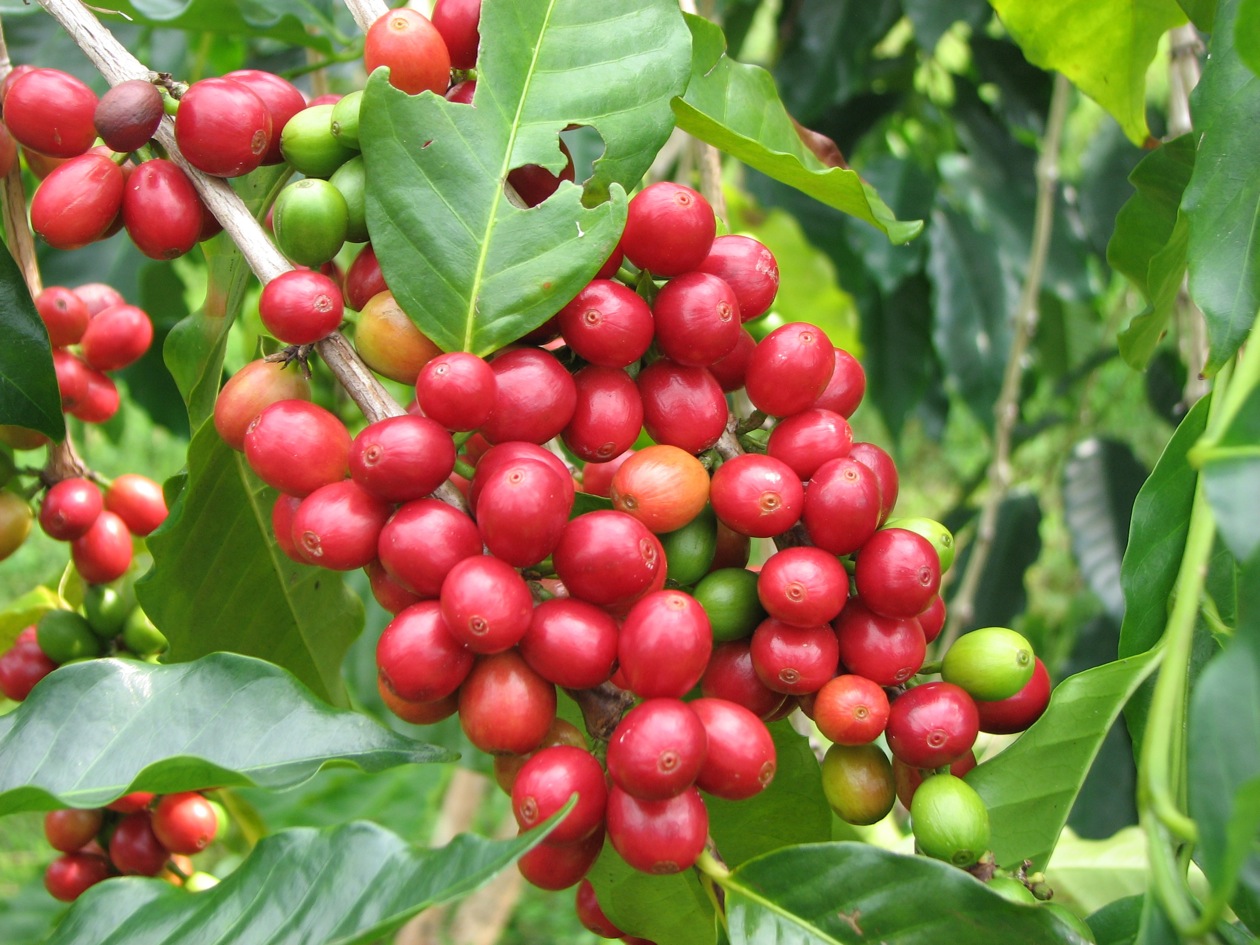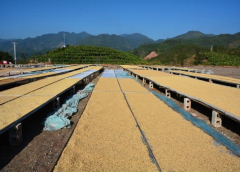Nicaraguan Coffee Story introduction of Coffee Bean Flavor in Saka River Manor
Professional barista communication, please pay attention to coffee workshop (Weixin Official Accounts cafe_style)
Nicaragua coffee by hand picking. We have a group of experienced people who know how to pick ripe coffee cherries. Each batch is classified according to species and altitude.
Separate the floaters with a siphon. It means we put coffee in the tank, so the heavy coffee cherries sink and the light ones float.
Remove pulp in wet mill. We calibrate our machines so that mucus is not removed, and then dry coffee on African beds.
Nicaragua coffee wet treatment process: washing and fermentation
First we do two things on the farm. The first step will be done by 11:00 a.m. and then the coffee cherries will be shelled immediately and put directly into the fermentation tank. The second point must be completed by 3:30 p.m., while the coffee cherries are shelled and enter another fermentation tank. The fermentation process depends on weather conditions, and on average, it takes 12 hours for the farm to ferment coffee. We have two cleanings, one for each measurement, four hours apart. After the coffee is washed, we send it directly to drymill.
Nicaragua coffee drying details: drying conditions, average temperature, humidity, coffee drying time, and other relevant parts
This coffee takes 10 days to dry on a concrete terrace. When the coffee is in the warehouse, the humidity will be controlled between 11 and 12 degrees. Each batch of our coffee is stored in a separate place in the warehouse.
This Nicaragua coffee is special in that it has nutty, almond tones, orange fruit tea flavors, rich layers, and a rare variety of Maracaturra( Maragogype and Caturra).

Name: Agua Sarca Estate
Country: Nicaragua
Origin: Dipilto
Treatment method: washed process
Breed: Maracaturra
Altitude: 1150 - 1400 m
Flavor: Cream, nuts, almonds, maltose, orange tea
Important Notice :
前街咖啡 FrontStreet Coffee has moved to new addredd:
FrontStreet Coffee Address: 315,Donghua East Road,GuangZhou
Tel:020 38364473
- Prev

Description of flavor and taste of coffee beans in Minas Spring Manor, Brazil
Spring Manor (Fazenda Primavera) is located on the Minas Plateau (Chapadas de Minas) in Minas Gerais state (Minas Gerais), a famous coffee producing region in central Brazil, at an altitude of 1000m to 1050m. Because of its flat terrain and geographical advantages of adjacent river valleys, the Minas Plateau began to grow coffee in the 1870s. Coffee has also become an important part of this area.
- Next

Introduction of coffee bean flavor characteristics of micro-processing plant in Costa Rica coffee bean Tarrazu production area
Professional baristas please follow the coffee workshop (Wechat official account cafe_style) Pastora and Canet are two small farms, in this case they are mixed according to the number of days of harvest. Carlos and his entire family are very committed to Don Eli Farm and the miniature mill (micro mill). With the support of his family, Carlos was able to manage both the farm and the office.
Related
- Detailed explanation of Jadeite planting Land in Panamanian Jadeite Manor introduction to the grading system of Jadeite competitive bidding, Red bid, Green bid and Rose Summer
- Story of Coffee planting in Brenka region of Costa Rica Stonehenge Manor anaerobic heavy honey treatment of flavor mouth
- What's on the barrel of Blue Mountain Coffee beans?
- Can American coffee also pull flowers? How to use hot American style to pull out a good-looking pattern?
- Can you make a cold extract with coffee beans? What is the right proportion for cold-extracted coffee formula?
- Indonesian PWN Gold Mandrine Coffee Origin Features Flavor How to Chong? Mandolin coffee is American.
- A brief introduction to the flavor characteristics of Brazilian yellow bourbon coffee beans
- What is the effect of different water quality on the flavor of cold-extracted coffee? What kind of water is best for brewing coffee?
- Why do you think of Rose Summer whenever you mention Panamanian coffee?
- Introduction to the characteristics of authentic blue mountain coffee bean producing areas? What is the CIB Coffee Authority in Jamaica?

